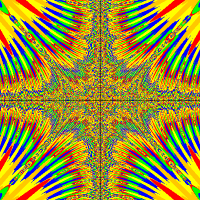I'm creating a ping pong game, when ball hits "Line1.class" I want the score to be increased by one point, I have used an imported counter class (the default one) but have not yet changed the code. What code do I have to add to make sure when the ball hits line 1 a point is added to the counter???
Thanks to Danpost in advance.




